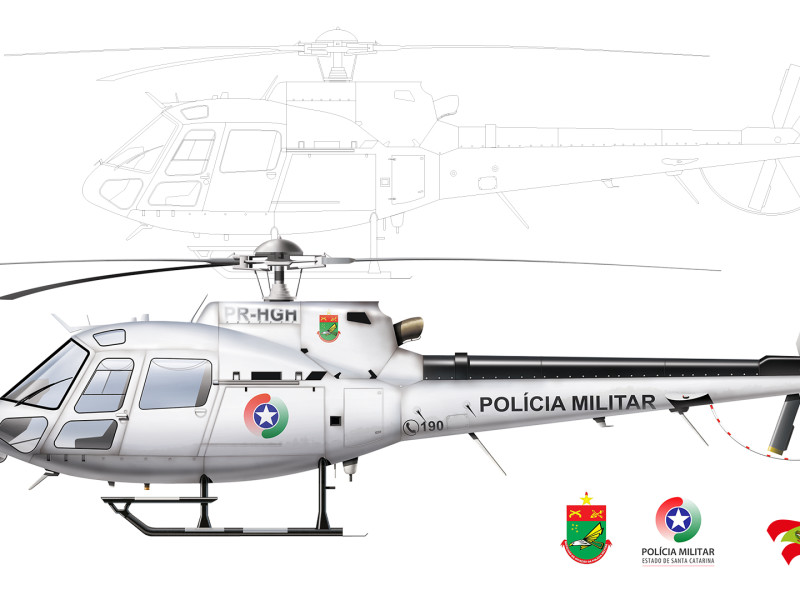Innovative Oblique Wing Aircraft Design for the Future of Flight
An oblique wing (also called a slewed wing) is a variable geometry wing concept. On an aircraft so equipped, the wing is designed to rotate on center pivot, so that one tip is swept forward while the opposite tip is swept aft. By changing its sweep angle in this way, drag can be reduced at high speed (with the wing swept) without sacrificing low speed performance (with the wing perpendicular). This is a variation on the classic swing-wing design, intended to simplify construction and retain the center of gravity as the sweep angle is changed.
History
The oldest examples of this technology are the unrealized German aircraft projects Blohm & Voss P.202 and Messerschmitt Me P.1009-01 from the year 1944, based on a Messerschmitt patent.After the war, constructor Dr. Richard Vogt was brought to the US during Operation Paperclip. The oblique wing concept was resurrected by Robert T. Jones, an aeronautical engineer at the NASA Ames Research Center, Moffett Field, California. Analytical and wind tunnel studies initiated by Jones at Ames indicated that a transport-size oblique-wing aircraft, flying at speeds up to Mach 1.4 (1.4 times the speed of sound), would have substantially better aerodynamic performance than aircraft with more conventional wings.
In the 1970s, an unmanned propeller-driven aircraft was constructed and tested at Moffett Field. Known as the NASA Oblique Wing, the project pointed out a craft’s unpleasant characteristics at large sweep angles.
So far, only one manned aircraft, the NASA AD-1, has been built to explore this concept. It flew a series of flight tests starting in 1979. This aircraft demonstrated a number of serious roll-coupling modes and further experimentation ended.
(Wikipedia)
(Video – Nasa)
- Posted In:
- Aeronautical Design
- Configuration




Bison
That’s way more clever than I was expecting. Thanks!